https://www.youtube.com/watch?v=MW8hBOJLySo
How to make Chicken Fried Chicken w_ Cream Gravy

Hello , welcome to Texas Talk Cuisine .
Glad to have you here this morning .
I tell you what .
We're not gonna be cooking here at the house .
I wanna take you back inside of my classroom .
I was uh giving a list to my students the other day on how to make chicken fried chicken with a cream gravy .
So I'm gonna take you back inside of my culinary arts classroom and let you see the procedures we do for making that .
We have these chickens that y'all file yesterday .
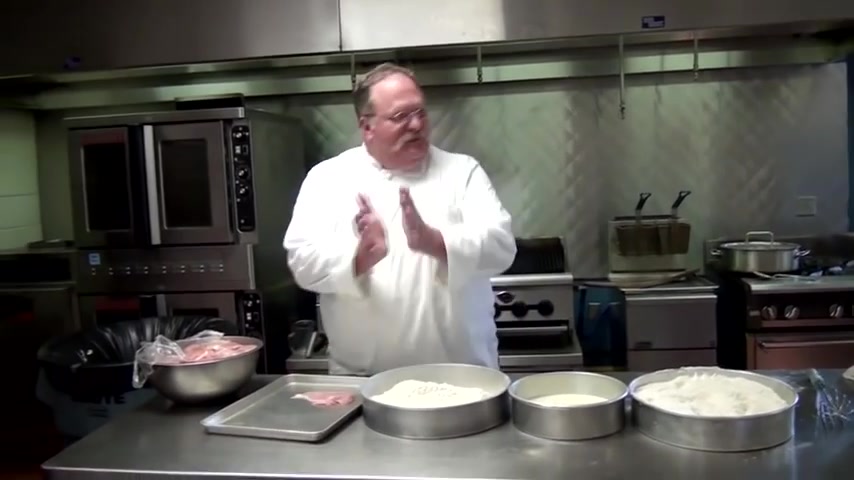
And what we're gonna do is if you look at a chicken breast , it's a little thinner on one end than it is on the other .
Everybody noticed that .
So how fast is it gonna cook ?
Now one end is gonna cook fast .
What's happened to the thick end ?
It's gonna cook slower .
So we want to cook this a little more evenly .
So what I'm gonna do is I'm gonna take the hill on my hand .
We could take a uh a meat hammer , you could take a small uh salt juice or a frying pan .
You can pound it with that , but we're gonna pound this just where it's a little more .
Now my chicken , if y'all look at it , it's a much more evenly spaced right now when I do this , remember wet hand , dry hand .
So put my chicken in .
This is gonna be my dry hand .
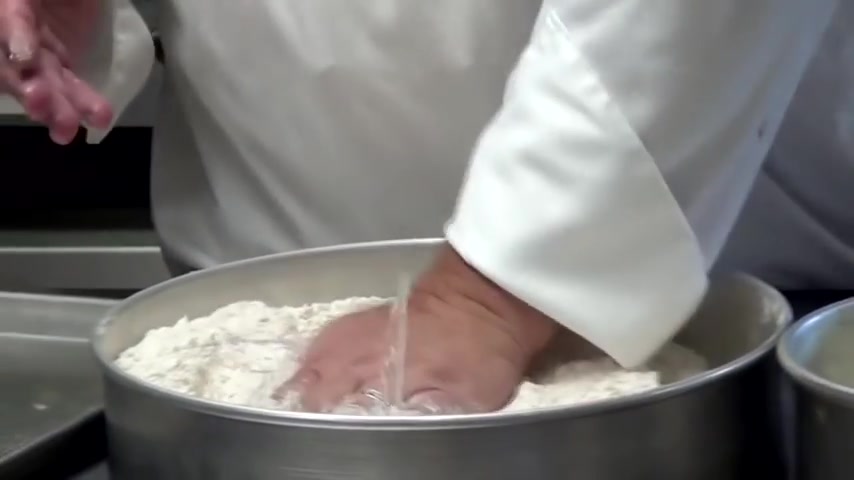
I'm gonna press it , sink off the extra batter , chop it into my wash .
I'm gonna take it out with my wet hand .
We got it good .
And what ?
Back into my season flour pressing down .
I want this breading to stick real well .
Shake off the extra .
And now I have a nice chicken filet ready for the chicken fry .
Now we're gonna put our chicken in our oil .
This is at about 3 25 to 3 50 .
We're gonna put it near us and let it go away that way if it splashes , the splash goes away from us , not toward us .
So put the bottom in the top , goes away from you and we don't have any problems with the all splashing back on us .
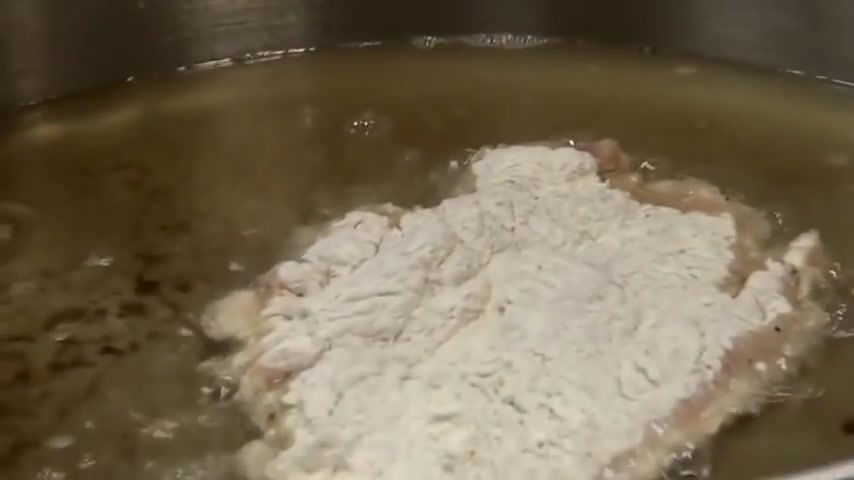
Now , we're gonna watch this fry .
You're gonna start seeing the colors will change as it comes up the side .
You may also see some liquids coming to the top of your protein .
All right .
That's kind of how you judge when it's time to turn it .
If your grease is too hot , it's gonna get cooked on the outside and it's gonna be raw or undercooked on the inside .
And we wanna take chicken to 100 and 65 degrees internal temperature .
So we're gonna let this fry up .
As soon as it's ready , we'll get it .
We'll turn it over .
We're gonna take it to a nice golden brown and then we're gonna make a cream gravy to go on top of it .
All right .
Our chicken has been cooking , I think long enough .
And chicken for temperature .
Let's pick it up and again , we insert our thermometer from the side , make sure that goes to 100 and 65 degrees .
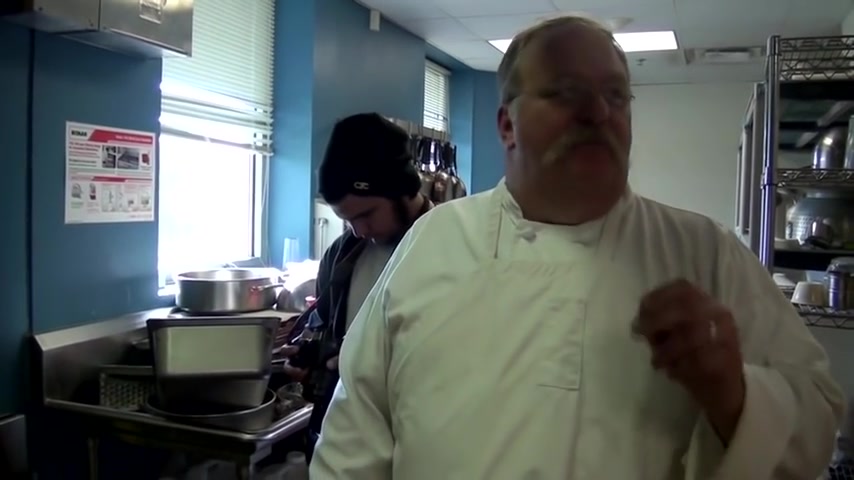
There you go .
It's 100 and 65 degrees in the middle .
So , what I'm gonna do is I'm gonna set this and I'm gonna let it drain a little bit and I'm gonna show you how to make the , uh , uh , cream break .
All right .
Now , what we're gonna do first in making our cream gravy is , is we're gonna make a root and a roux by definition is fat and flour equal parts by weight .
A lot of people want to measure it out , but it is not measured .
So , if you use a tablespoon of flour and a tablespoon of oil , you have too much oil because oil weighs more than flour .
Really , it would be more like two tablespoons of flour to one tablespoon of oil to get the weight about right .
But it's equal parts of fat and flour by weight .
You can use butter .
You can use the drippings from what you're cooking .
Uh , you can use oil any kind of fat .
You want to , to get that fat .
A lot of people sometimes we use bacon grease .
All right , because it gives it a nice good flavor .
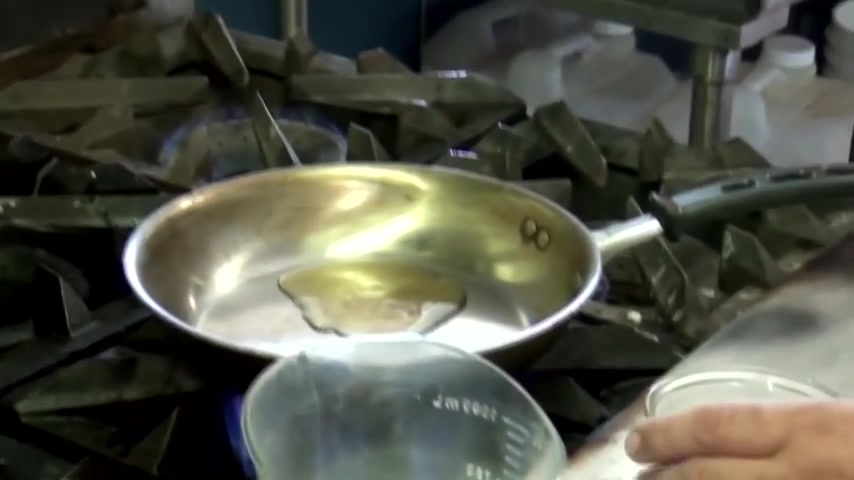
Today , we have some oil that's , uh , from the rib that we've got from the chicken that we've been frying our , our chicken in today .
So I'm gonna put in my oil in it .
That's about a tablespoon of oil .
Now , I'm gonna mix it with my flour , which is about two tablespoons .
Now , one thing also that goes with this is what color of gravy do you wanna have or why are we picking it in this situation ?
We're making a cream gravy .
So what color do we want our root ?
You wanna have it white .
So this would be called a blonde room .
We're not gonna take it where it is uh dark .
And also remember this , the darker your ro , the less thickening ability it has .
So a blonde ro will thicken a whole lot more than a dark roo will once I see that my flour is starting to cook and that's what we're wanting to do is get rid of the raw taste of flour .
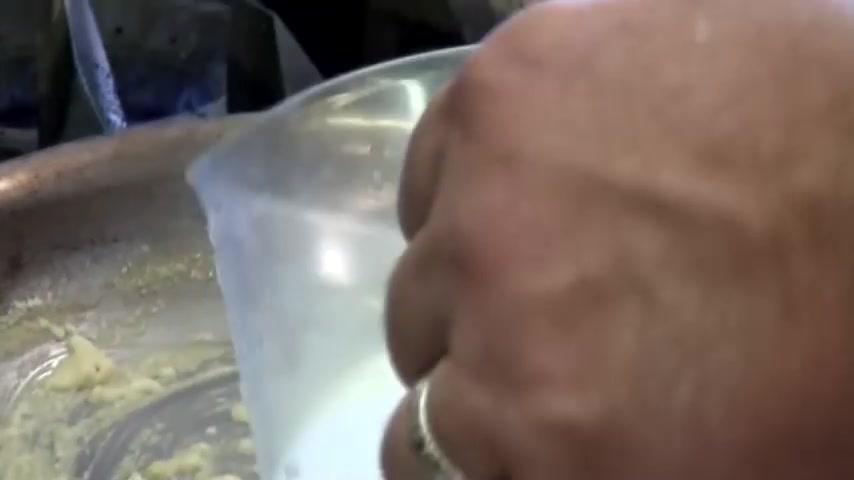
We get it in here .
That's a nice blonde room and I'm gonna add two cups of milk to this , put about a cup in to start out and whisk it real good .
We want to get rid of the lumps .
Now , also one thing to remember is your roo will not thicken until your liquid boils your , your brew has got to be a boiling liquid to start thickening .
So what happens is , is if you look and you go , gosh , my , I put all this flour in there but it's not getting any thicker .
It's because you have not yet brought that liquid to a boil .
Once it boils , it will start thickening .
This one's pretty much getting there .
It's gonna start thickening up nice .
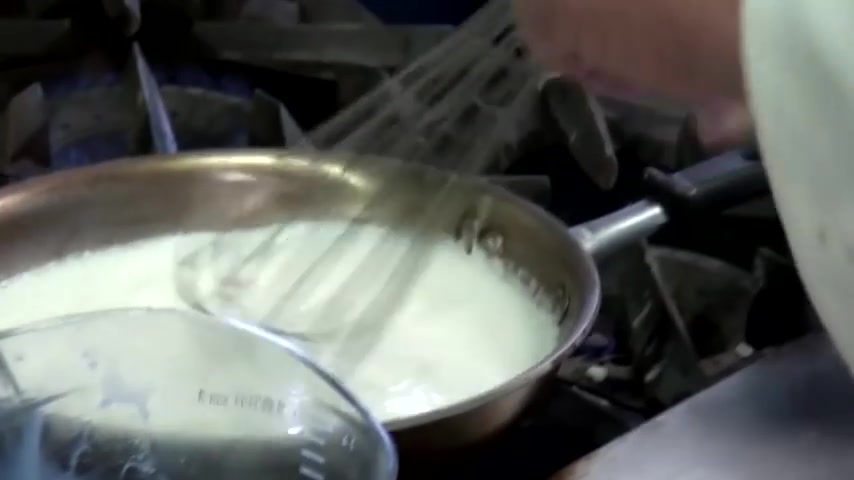
And this gravy you can tell it's starting to thicken already .
This gravy is only gonna be seasoned , really salt and pepper and maybe just a touch of garlic , a hint of garlic in it .
But every time we add milk , hey , every time we add milk , we've got to bring it back to a boil .
So it will thicken again .
If you don't bring it back to a boil , that flour will not thicken .
The other thing to remember about a gravy is , is this , if it's boiling , it's 212 degrees , right ?
Well , you're not gonna put it on the plate at 212 degrees .
So if it's the correct thickness at 2 12 , what's gonna happen when it cools down to 100 and 20 ?
It's gonna be a lot thicker , right ?
So realize you want it to be thinner when it's on the stove so that it will thicken some when it's at serving temperature .
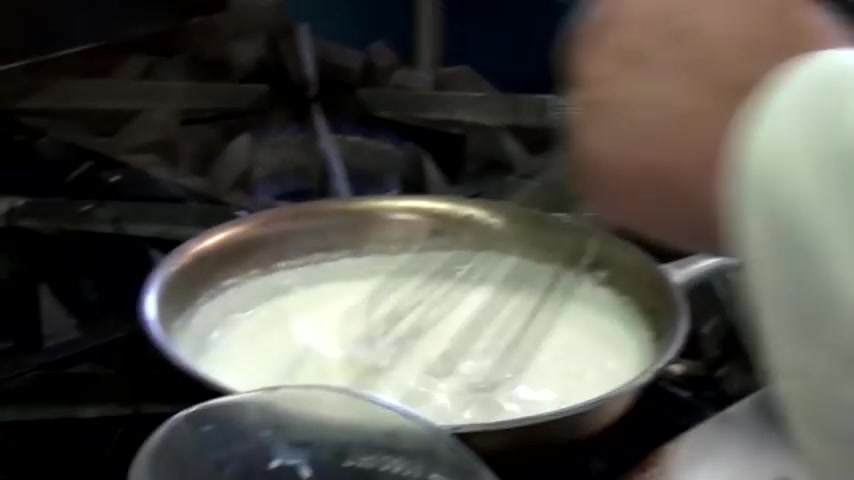
All right , we're just gonna keep this stirring , bring it back to a boil and that will thicken up our gravy .
We'll add our seasonings to it and we'll have a cream gravy for our chicken breast .
Alright .
Well , I'm waiting for this to come back to a boil .
I'm gonna add some , I like peppers .
It's quiet , I guess just a touch of garlic .
Don't want a whole lot , a little bit of salt , that small amount , maybe a quarter teaspoon of all .
And also remember this , if you're making a , if you're making a gravy and you're using a stock , hey , if you're making a gravy and you're using a stock that stock has salt in it or a broth and that's starting .
So be careful not to over salt it because when you add your stock , it will start being salty .
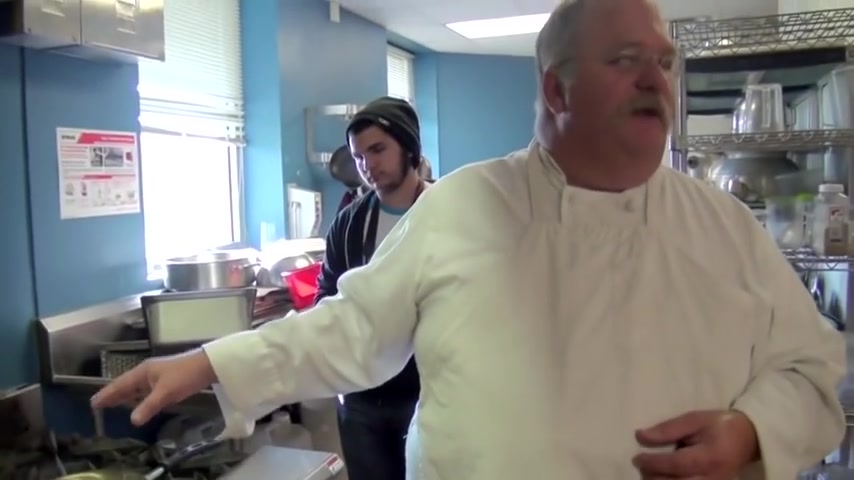
So you want to get it ready to go .
This one does not have stock in it .
What do we use for our liquid ?
And this one melt right .
Doing a cream gravy .
OK .
Starting to boil .
Let's stir this and see if this gravy is gonna thicken up on us .
Hey , quiet .
Now , the other thing to remember also is you add a hot root to a cold liquid or you add a cold root to a hot liquid .
You never mix hot and hot .
If you do that , you're gonna wind up with a , with a lumpy gravy .
All right .
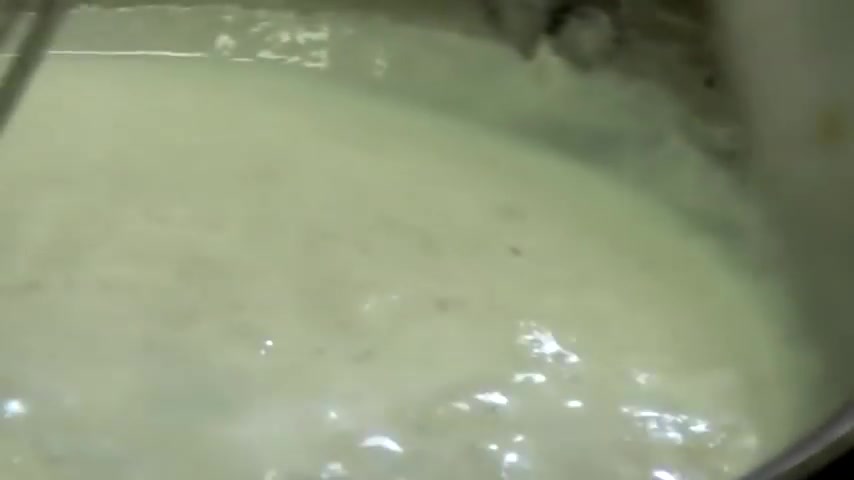
So cold roo hot liquid , hot , roo cold liquid as this is boiling , it's gonna start thickening up again .
That flour is gonna start absorbing the milk .
Now , we have our uh chicken fried chicken breast , pour that cream gravy across it .
Now , we have our , our chicken with our gravy .
I didn't go all the way across it .
Why did I not go all the way across it so that you could still see the golden brown on the chicken .
It helps with the presentation to look that much better .
Right .
So , I kind of took the gravy down the middle , some on the sides where they can put their , their chicken in that gravy if they want to add more to it , but it gives better for our presentation .
All right .
I see the way we did that .
Ok .
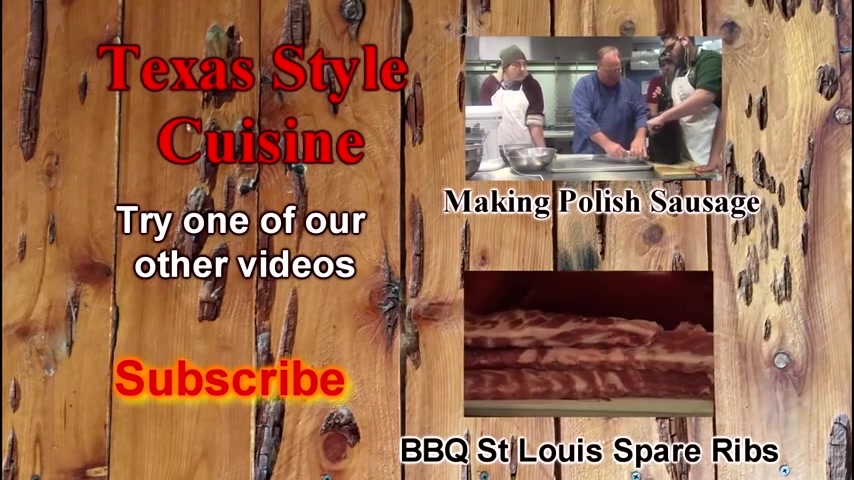
That's what we're doing today sitting by the wagon when the sun came up this morning , bacon eggs and coffee , biscuits and beans .
Cookie strikes the bell and he rings the world on it .
How the boys put food away .
Beats all I've ever seen .
Are you looking for a way to reach a wider audience and get more views on your videos?
Our innovative video to text transcribing service can help you do just that.
We provide accurate transcriptions of your videos along with visual content that will help you attract new viewers and keep them engaged. Plus, our data analytics and ad campaign tools can help you monetize your content and maximize your revenue.
Let's partner up and take your video content to the next level!
Contact us today to learn more.